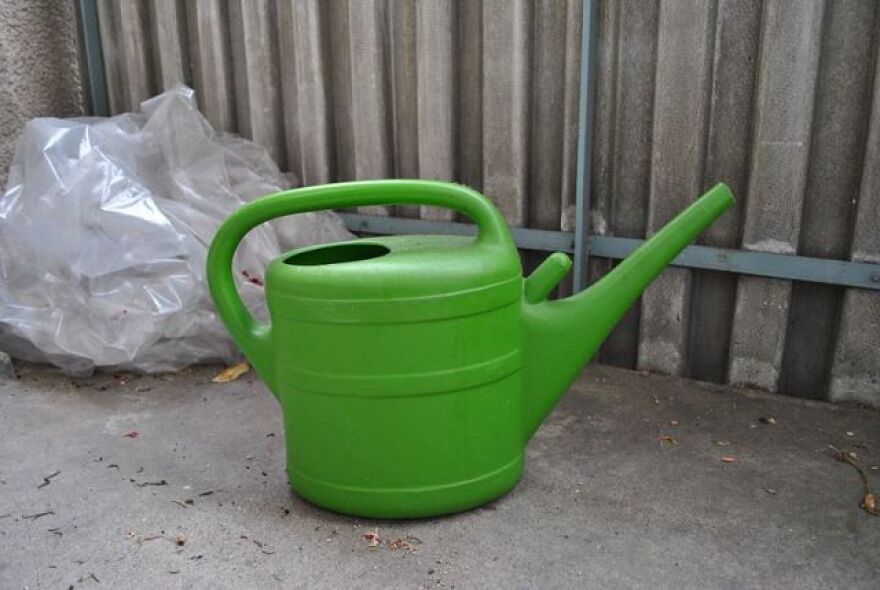The recent snow fall haven鈥檛 had much impact on current drought conditions. Along the Front Range, we鈥檙e below normal for the year to date precipitation. We ended last year almost five inches below normal. The recent snows have added a little, helpful moisture.
Communities relying on the Poudre River drainage face additional water issues. Because of the High Park fire last summer, the water coming into the Poudre is difficult for cities to treat. Many communities will be relying on the low reserves in their reservoirs. The silver lining is that agriculture will be able to use the untreated Poudre water.
Many cities along the Front Range will be implementing outdoor water restrictions. The restrictions are usually tiered depending on the severity of the drought. The first restrictions will be limiting watering to two days per week. No watering during heat of the day.
New landscaping will be given exemption. Sod and newly seeded lawns will be able to be watered to get them established. Check your water district鈥檚 policies.
The first thing we can do to conserve water during this dry season is turn off our automatic sprinkler clocks. All clocks have a manual setting.It means we have to push a button once in a while.But if we have to remember to push the button, it鈥檒l force us to think does the lawn really need watered. Some of us might forget to push the button a few times and really save some water.
Shrubs and trees will be the most forgiving in the middle of a drought. Once established most woody plants are pretty drought tolerant. But it takes a few years to get them established. In the first few years water trees and shrubs regularly, a couple times each week.
Bluegrass lets you know when it鈥檚 dry. The grass takes on a grayish hue and shows your footprint when you walk on it. Try watering the lawn enough to soak the soil an inch deep. Wait an hour and then water the same amount. The second application will push the water deeper and force the roots to go deeper.
Use a probe test for both woody plants and grass areas. Push a screwdriver into the soil. If the screwdriver comes out with soil stuck to it, the soil is moist. No water neede. If the screwdriver comes out clean, the soil is dry. Use the test around the yard. Hot, sunny spots may dry out long before cool, shady areas.








